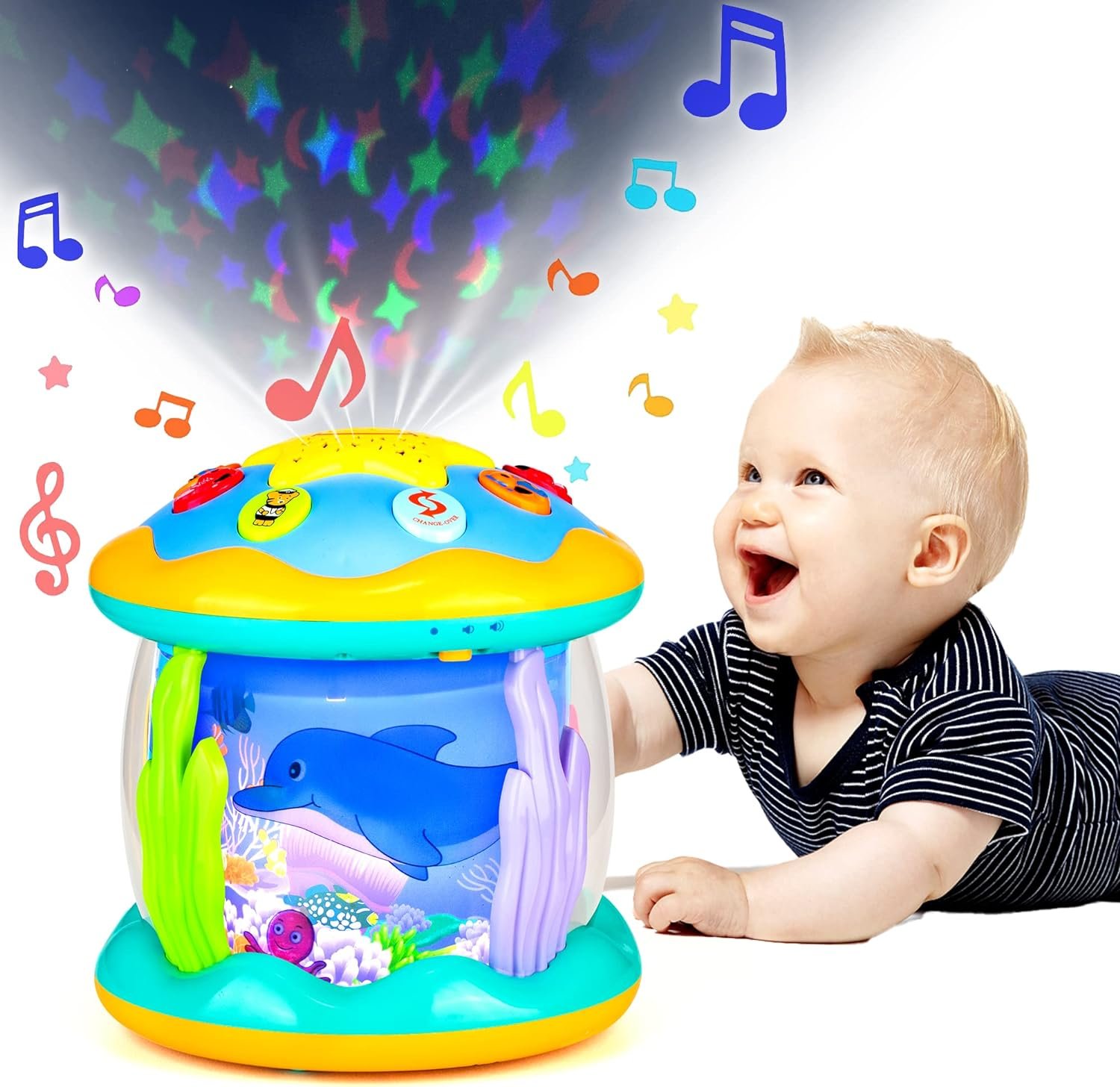In the article titled “Decoding the Controversy: Analyzing the Lyrics of ‘Baby, It’s Cold Outside,” the author delves into the ongoing debate surrounding the lyrics of this beloved holiday classic. With the recent discussions regarding consent and the portrayal of relationships, the article aims to analyze the lyrics and shed light on the varying interpretations of the song. By examining the historical context, societal changes over time, and differing perspectives, this piece offers a comprehensive analysis that seeks to uncover the true meaning behind the lyrics of “Baby, It’s Cold Outside.”

A Brief History of ‘Baby, It’s Cold Outside’
The origins and creators of the song
‘Baby, It’s Cold Outside’ is a popular Christmas song that was written by Frank Loesser in 1944. Loesser, a prolific American songwriter and composer, composed the song as a duet intended for him and his wife, Lynn Garland, to perform at Hollywood parties. The playful nature of the song lent itself well to their performances, and it quickly became a hit within their social circles.
The song’s initial public reception
In 1948, the song received widespread recognition when it was used in the film “Neptune’s Daughter” and performed by Esther Williams and Ricardo Montalban. The film’s release catapulted ‘Baby, It’s Cold Outside’ to even greater popularity, and it went on to win the Academy Award for Best Original Song.
Successes and awards associated with the song
Since its inception, ‘Baby, It’s Cold Outside’ has achieved remarkable success and cemented its place as a holiday classic. The song has been covered by countless artists over the years, including Dean Martin, Ella Fitzgerald, and Lady Gaga. In 2019, John Legend and Kelly Clarkson released a revised version of the song, which garnered both acclaim and controversy. Furthermore, ‘Baby, It’s Cold Outside’ has received several prestigious awards, including the Grammy Award for Song of the Year in 1950.
Understanding the Song’s Lyrics
A line-by-line breakdown of the lyrics
The lyrics of ‘Baby, It’s Cold Outside’ depict a playful and flirtatious conversation between two individuals, often referred to as the “wolf” and the “mouse.” Throughout the song, the male tries to convince the female to stay longer, while the female expresses her hesitations. Each line showcases the various excuses and reasons given by the female character for wanting to leave, regardless of the cold weather.
Literary devices used in the lyrics
Frank Loesser employed numerous literary devices in the lyrics of ‘Baby, It’s Cold Outside.’ The song incorporates elements of rhyme, repetition, and wordplay to create a lively and engaging dialogue between the two characters. Additionally, Loesser uses metaphors and clever word choices to add depth and charm to the lyrics, further enhancing the song’s appeal.
Contextual meaning behind the lyrics
While the song’s lyrics may initially appear light-hearted, understanding the context in which ‘Baby, It’s Cold Outside’ was written provides crucial insight. The era in which the song was composed was characterized by more rigid societal norms and expectations, particularly regarding women’s behavior. Consequently, the female character’s repeated refusals can be seen as a reflection of the societal pressures she faces rather than expressing genuine reluctance.
Cultural Change and Adapted Interpretations
Changing societal norms since the song’s creation
Since the release of ‘Baby, It’s Cold Outside’ in 1944, societies have undergone significant cultural shifts. Norms around consent, gender roles, and discussions of power dynamics have evolved, leading to revised interpretations of the song. Modern society places greater emphasis on consent and respect for boundaries, which have prompted many to reevaluate the lyrics in light of these changing norms.
How modern interpretations differ from original intent
Modern interpretations of ‘Baby, It’s Cold Outside’ often focus on issues of consent and portray the male character’s actions as potentially oppressive or coercive. Some argue that the song perpetuates a culture where women are expected to ignore their own desires and conform to societal expectations. These revised interpretations aim to shed light on power imbalances and challenge traditional gender roles.
Impact of cultural change on song reception
The evolving cultural landscape has influenced how ‘Baby, It’s Cold Outside’ is received in contemporary times. The once-cherished holiday tune has sparked intense debate and controversy, with some advocating for its removal from radio playlists and others defending its historical and artistic value. The powerful impact of cultural change has led to a reconsideration of previously accepted norms and has prompted discussions about consent, agency, and gender dynamics within the song.
The Gender Dynamics Discussion
Gender roles depicted in the original lyrics
The original lyrics of ‘Baby, It’s Cold Outside’ present a narrative where the male character is persistent and persuasive, while the female character asserts her desire to leave. These gender roles align with the traditional societal expectations of the time, where men were often portrayed as assertive and women were expected to resist initial advances. It is crucial to examine the song within its historical context to fully grasp the intent behind these gender dynamics.
Critical views on the song’s portrayal of women
Critics argue that ‘Baby, It’s Cold Outside’ perpetuates a patriarchal narrative by showcasing a persistent male figure and a female character who is pressured into staying against her will. Some argue that this portrayal reinforces harmful gender stereotypes and normalizes behavior that disregards women’s autonomy. These perspectives view the song as an example of how historical songs can perpetuate problematic ideologies.
Examining the song from a feminist perspective
Feminist analysis of ‘Baby, It’s Cold Outside’ examines the power dynamics within the song and raises questions about consent and agency. Some argue that the female character’s repeated refusals should be taken at face value, highlighting the importance of respect for personal boundaries. This perspective counters the traditional narrative by acknowledging the female character’s agency and advocating for consent as a central aspect of healthy relationships.

Debate over ‘Consent’ in the Song
Arguments suggesting non-consensual undertones
Critics of ‘Baby, It’s Cold Outside’ argue that the song contains non-consensual undertones due to the male character’s persistence and the female character’s initial hesitations. They argue that the lyrics promote a viewpoint where the concept of consent is blurred, potentially perpetuating toxic relationship dynamics. These arguments emphasize the need for a more nuanced understanding of consent in popular culture.
Counterarguments advocating a consensual interpretation
Supporters of ‘Baby, It’s Cold Outside’ maintain that the song can be interpreted as a playful and consensual negotiation between two willing participants. They argue that focusing solely on the male character’s persistence overlooks the lively back-and-forth nature of the song. These counterarguments stress the importance of evaluating the lyrics within the historical framework and recognizing the complexity of interpersonal dynamics.
The influence of modern ‘consent’ discourse on the song’s controversy
The ongoing discourse surrounding consent has undoubtedly influenced the debates surrounding ‘Baby, It’s Cold Outside.’ As society becomes more attuned to issues of consent and power imbalances, songs and cultural artifacts such as this one are subjected to heightened scrutiny. The controversy surrounding the song serves as a reflection of the broader discussions about consent and the evolving understanding of healthy relationship dynamics.
Public Reactions and Outrage
Notable critiques of the song
The public reaction to ‘Baby, It’s Cold Outside’ has been mixed, with both praise and criticism coming from various individuals and groups. Critics argue that the song normalizes and romanticizes coercion, while others defend its historical context and artistic merit. The debate has led to calls for boycotts and raised questions about the responsibility of artists when it comes to addressing societal issues in their work.
Public figures’ opinions and statements on the controversy
Public figures have weighed in on the controversy surrounding ‘Baby, It’s Cold Outside,’ voicing differing opinions on the song’s interpretation and impact. Some celebrities have expressed support for revising or retiring the song due to its perceived problematic undertones, while others argue for its preservation as a historical artifact. The statements made by public figures have contributed to the broader discussion and shaped public perceptions of the song.
Impact of social media on the controversy
Social media platforms have played a significant role in amplifying the controversy surrounding ‘Baby, It’s Cold Outside.’ The widespread dissemination of opinions, articles, and discussions on these platforms has allowed the public to engage in real-time debates about the song’s meaning. However, social media’s propensity for polarized discourse has also fueled the intensity of the controversy, making it challenging to find common ground on the issue.

Media and Broadcast Restrictions
Radio stations boycotting the song
In response to the criticism and controversy surrounding ‘Baby, It’s Cold Outside,’ some radio stations have chosen to remove the song from their playlists. These stations argue that the lyrics are inappropriate and do not align with current societal expectations. While this decision has sparked further debate, it highlights the impact of public sentiment on music programming decisions.
Television networks’ responses to the controversy
Television networks have also faced scrutiny regarding their approach to ‘Baby, It’s Cold Outside.’ Some networks have opted not to feature performances of the song on their holiday specials or have chosen alternative versions that address the concerns surrounding consent. These responses reflect the efforts of networks to balance artistic expression and public sentiment, as well as their desire to navigate the controversy sensitively.
Changes in streaming rankings and requests for the song
The controversy surrounding ‘Baby, It’s Cold Outside’ has had a noticeable impact on its streaming rankings and the requests for the song. While some listeners have actively sought out alternative versions or have opted not to listen to the song altogether, others have expressed support for the song’s traditional rendition. This fluctuation in audience preferences is indicative of the evolving cultural landscape and the significance of public opinion in shaping music consumption habits.
Revision and Alternatives to the Song
Attempts to revise or rewrite the song’s lyrics
In response to the controversy, some artists and musicians have attempted to revise or rewrite the lyrics of ‘Baby, It’s Cold Outside.’ These adaptations seek to address the concerns surrounding consent and power dynamics, often by rewriting portions of the song to emphasize mutual consent and respect. While these efforts have garnered varying levels of success, they reflect attempts to reconcile the song’s historical appeal with the demands of contemporary audiences.
Success and reception of these revised versions
The success and reception of revised versions of ‘Baby, It’s Cold Outside’ have been met with mixed reactions. Some listeners appreciate the updates, considering them a necessary step in addressing issues of consent and agency. Others argue that these revisions dilute the charm and historical context of the original song. The response to these adaptations underscores the challenge of modifying a beloved and iconic piece of music.
Discussion on the need for such revisions
The debate surrounding revised versions of ‘Baby, It’s Cold Outside’ raises important questions about the necessity of altering a song’s lyrics to align with contemporary values. Proponents argue that revising the song ensures its continued relevance and accessibility for diverse audiences. Critics contend that modifying classic works erases the historical context and artistic intent, questioning whether it is necessary to modernize every aspect of art to cater to changing norms.
The Song’s Role in Popular Culture
The song’s influence on holiday traditions and music
‘Baby, It’s Cold Outside’ has become ingrained in popular culture as an iconic holiday tune. Its inclusion in movies, commercials, and holiday playlists has made it synonymous with the festive season. The song’s popularity has influenced subsequent holiday music, inspiring artists to create playful and romantic duets that capture the same spirit.
Use of the song in movies, TV shows, and other media
Over the years, ‘Baby, It’s Cold Outside’ has been prominently featured in movies, TV shows, and advertisements, further solidifying its place in popular culture. Its inclusion in these various forms of media has contributed to its enduring legacy and widespread recognition. However, the controversy surrounding the song has led to adjustments in how it is depicted and performed in certain contexts.
The song as a symbol in discussions about cultural change
The enduring debate surrounding ‘Baby, It’s Cold Outside’ highlights its role as a symbol in discussions about cultural change. The song serves as a catalyst for conversations about consent, gender dynamics, and the evolving expectations of relationships. Its iconic status and widespread recognition make it a natural focal point for examining the impact of cultural shifts on the arts and popular culture as a whole.
Conclusion: How Should We Interpret ‘Baby, It’s Cold Outside’?
In conclusion, ‘Baby, It’s Cold Outside’ has evolved from a lighthearted duet performed at Hollywood parties to a controversial holiday classic. The song’s changing reception reflects broader societal shifts and conversations surrounding consent, gender roles, and power dynamics. In grappling with these issues, it is essential to consider the historical context of the song, the evolving understanding of consent, and the complexities of interpreting art within shifting cultural landscapes. Whether through continued debates, revised versions, or alternative interpretations, ‘Baby, It’s Cold Outside’ remains a thought-provoking song that invites us to reflect on the nuances of interpersonal relationships and the impact of cultural change. As the controversy surrounding the song demonstrates, art has the power to drive important conversations and shape our understanding of societal norms.

















